The vast tapestry of human expression finds no finer threads than those woven into the very strands of our being, and for textured hair, that connection runs particularly deep. When we consider how head wraps influenced cultural identity for textured hair, we are not merely examining an accessory. We are witnessing a profound conversation, a silent yet resounding dialogue that spans centuries and continents, speaking of belonging, resilience, and unyielding self-reclamation. To truly comprehend this relationship, one must journey back to the genesis of textured hair itself, understanding its biological splendor as the root from which all stories grow.

Roots
The story of head wraps and textured hair is a saga etched into the very helix of ancestral memory, a testament to enduring spirit and an unwavering connection to lineage. For generations, before the weight of forced assimilation pressed upon distant shores, the hair of African peoples was a canvas of community, a declaration of status, and a conduit to the spiritual realms. Each coil, each strand, each tightly bound twist spoke volumes, a language understood across villages and nations. Head wraps, in this context, were not simply garments; they were extensions of this vital, living heritage, shrouding the sacred, accentuating beauty, and communicating an identity inextricably bound to the land and its traditions.
Consider the inherent qualities of textured hair, often characterized by its unique coiling patterns, varying diameters, and distinct cuticle structures. These attributes, observed through the lens of ancient understanding, informed the early practices of hair care and adornment. While modern science offers precise classifications like the Andre Walker Hair Typing System (often debated for its Eurocentric bias), ancestral communities possessed an intuitive, hands-on understanding.
They knew the delicate nature of a tightly coiled strand, its thirst for moisture, and its capacity for remarkable manipulation. This intimate knowledge shaped how hair was styled, protected, and honored, laying the groundwork for the protective and communicative role of head coverings.
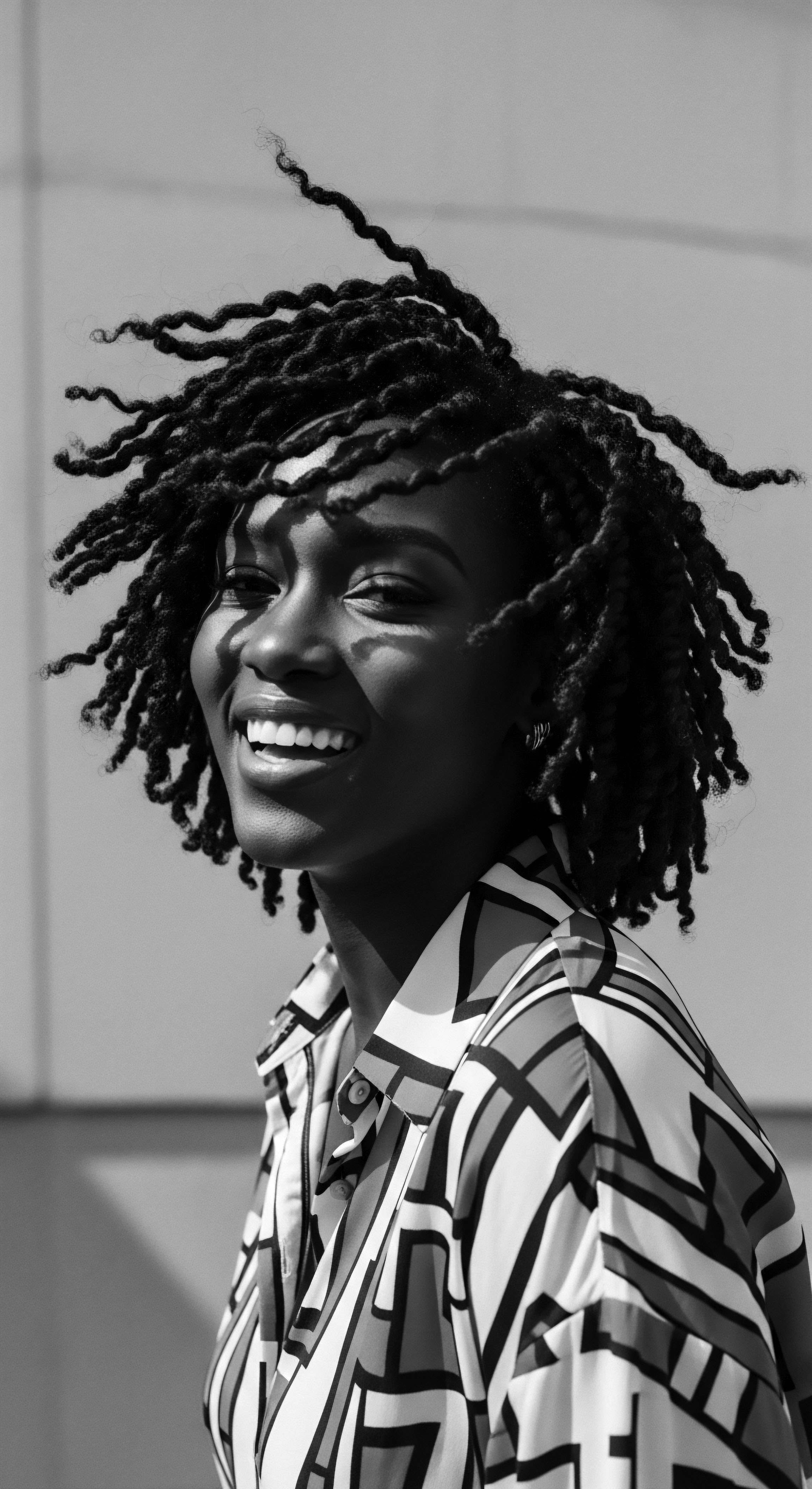
Ancient Practices And Hair’s Form
From the sun-drenched plains to the lush river deltas, the practice of covering the head served manifold purposes. Protection from the elements—the searing sun, the dust-laden winds—was certainly a practical consideration. Yet, equally, if not more important, was the societal and spiritual resonance. In many West African cultures, for instance, hair was considered the highest point of the body, closest to the divine.
It was a crown, housing one’s essence and channeling cosmic energies. Covering it, then, was an act of reverence, a gesture of modesty, or a marker of spiritual observance. The fabrics employed, the methods of wrapping, the colors chosen—all carried specific meanings, understood by those within the cultural fabric.
The story of head wraps for textured hair is a chronicle of heritage, woven from ancestral wisdom and a resilient spirit.

What Did Early Adornment Communicate?
- Social Status ❉ In several African communities, a woman’s marital status, age, or wealth was conveyed through the complexity and material of her head wrap. The more elaborate the wrap, the higher the status could be.
- Community Affiliation ❉ Specific patterns, colors, or tying styles could identify one’s tribal origin or family lineage.
- Spiritual Observance ❉ Head coverings often played a part in religious ceremonies, indicating piety or a connection to ancestors.
The precise anatomy of textured hair, with its elliptical follicle shape that causes the hair strand to curl as it grows, meant that intricate styles like braids, twists, and coils were not only possible but also practical for managing the hair’s natural tendencies. These styles, which are foundational to many traditional African hair practices, lent themselves naturally to being covered or adorned with head wraps, creating a seamless continuity between the hair itself and its textile covering.
| Historical Period Pre-Colonial African Societies |
| Textured Hair Practice Intricate braiding, coiling, threading; hair as a spiritual and social marker. |
| Head Wrap Connection Head wraps signify status, marital state, spirituality, protection from elements. |
| Historical Period Transatlantic Slave Trade / Enslavement |
| Textured Hair Practice Hair stripped, shorn, or neglected; utilitarian use of cloths for hygiene and forced subservience. |
| Head Wrap Connection Head wraps as a badge of forced subservience, later reclaimed as defiance and community signifier. |
| Historical Period Post-Emancipation / Early 20th Century |
| Textured Hair Practice Adoption of Eurocentric styles (straightening); head wraps for domestic labor or at home. |
| Head Wrap Connection Head wraps become less visible publicly, yet persist for practical reasons and private cultural continuity. |
| Historical Period Black Power / Natural Hair Movement (1960s-70s) |
| Textured Hair Practice Afro, natural styles, braids return as symbols of Black pride. |
| Head Wrap Connection Head wraps become powerful emblems of cultural heritage, resistance, and self-acceptance. |
| Historical Period Contemporary Era |
| Textured Hair Practice Diverse natural styles, protective styles, experimentation. |
| Head Wrap Connection Head wraps as fashion statements, protective wear, celebration of heritage, and global cultural expression. |
| Historical Period The journey of head wraps parallels the evolving identity of textured hair, adapting through time while holding onto deep roots. |
The interplay of hair’s inherent structure and the cultural ingenuity in styling and covering it laid the bedrock for a heritage that would prove remarkably resilient. It speaks to an original understanding, long before microscopes revealed the secrets of the cuticle, that saw hair as more than simple fibers; it saw them as living extensions of self and collective memory.
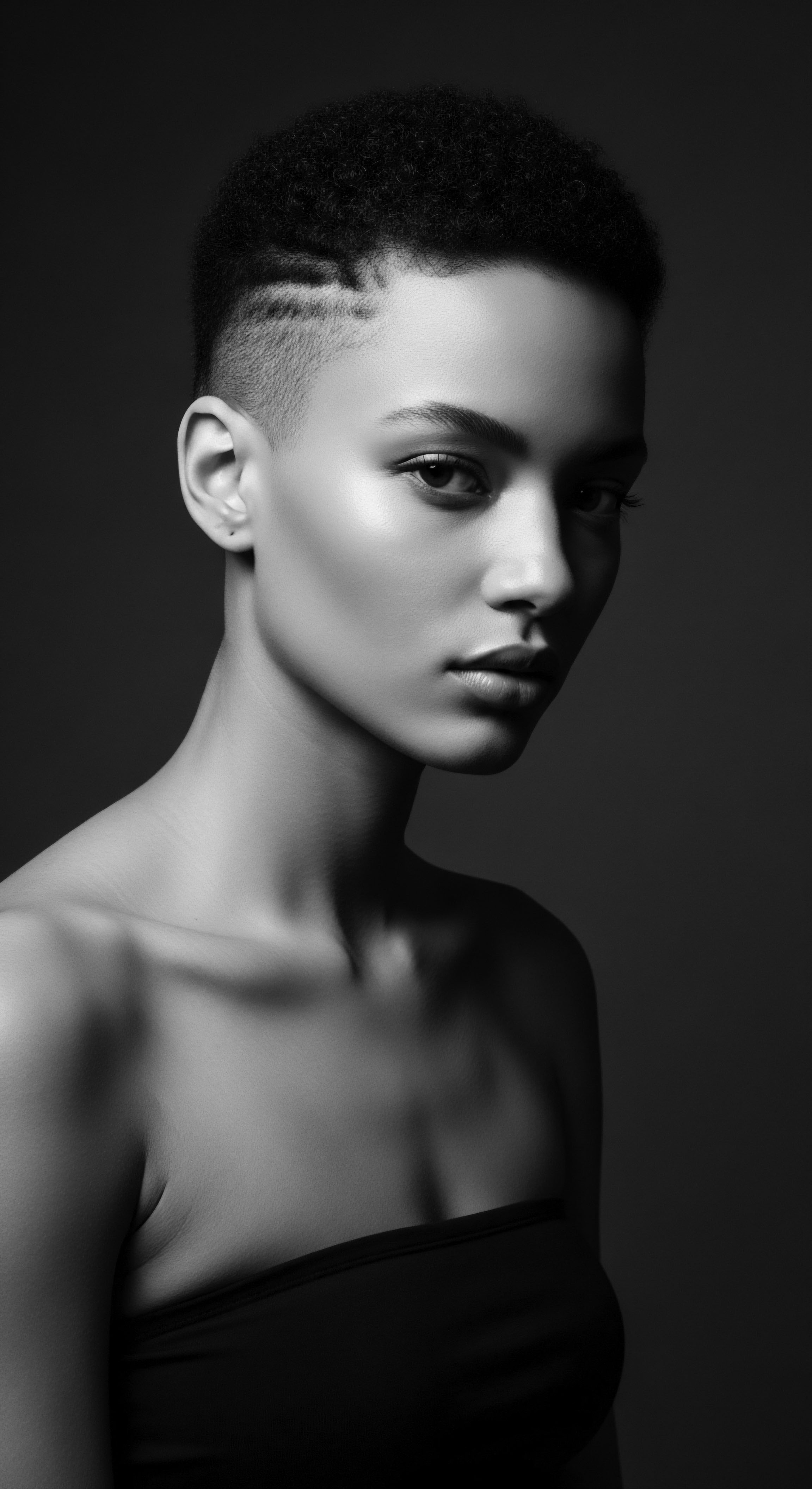
Ritual
The act of wrapping the head, for those with textured hair, transitioned from a simple daily occurrence into a profound ritual, steeped in tradition, protest, and artistic expression. This practice, shaped by the historical currents of displacement and resistance, became a central pillar in the expression of cultural identity, preserving a sacred connection to ancestral practices even when overt cultural displays were suppressed. The intricate methods of tying, the selection of fabrics, and the very intent behind their wear became a form of communication, a silent language understood within communities that faced systemic attempts to strip away their heritage.
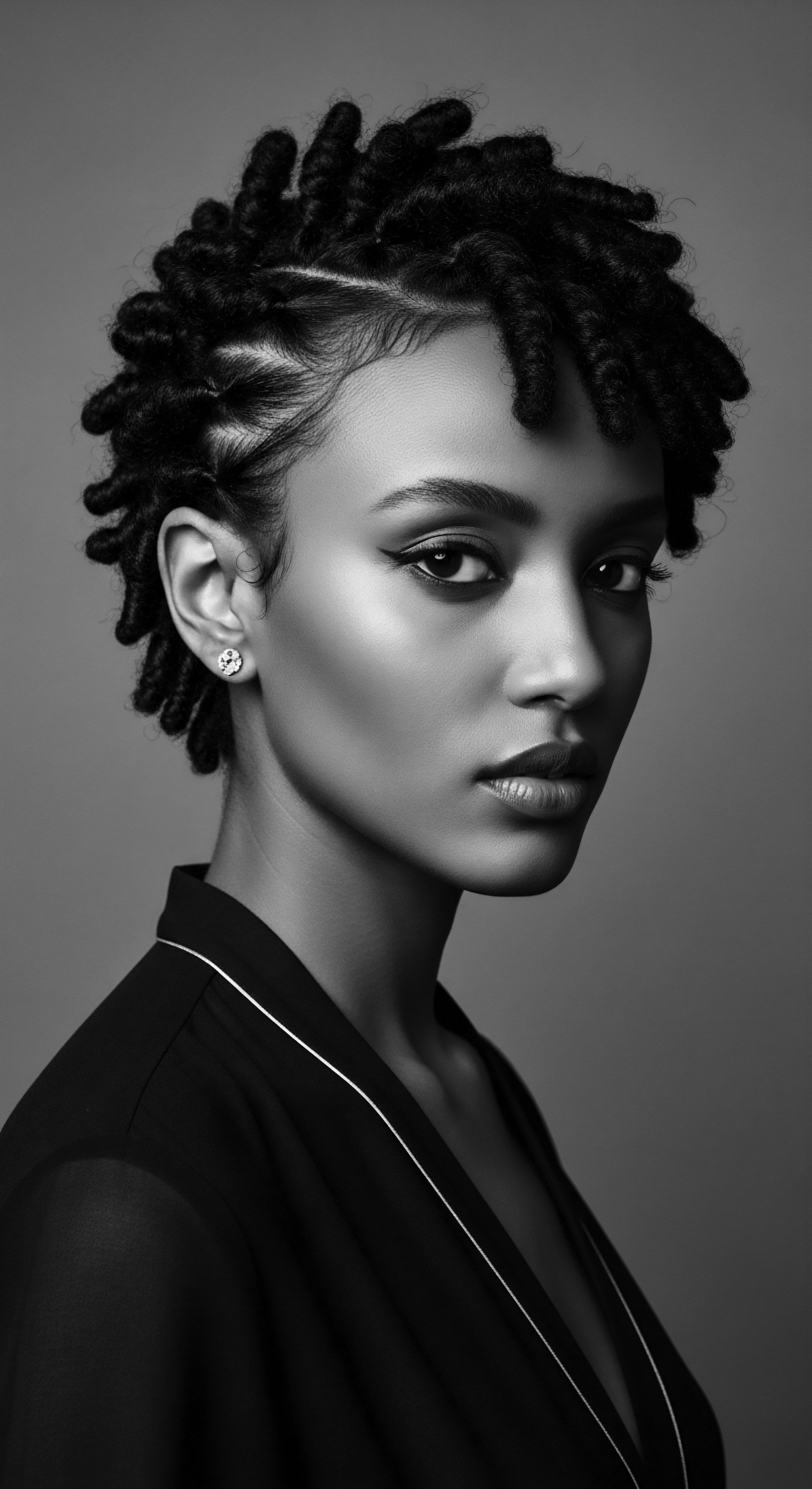
How Did Head Wraps Serve As Protective Shields?
Beyond their aesthetic and symbolic roles, head wraps have long served as a pragmatic means of protecting textured hair. The unique structure of coiled and curly hair makes it susceptible to dryness and breakage, particularly when exposed to environmental stressors such as sun, dust, and friction. In ancestral lands, head coverings provided a shield against the harsh elements of the African continent. This protective aspect carried over into the diaspora, becoming even more critical during the dehumanizing conditions of enslavement.
Enslaved women, forced into arduous labor under unforgiving sun, utilized head coverings to guard their hair against damage and to maintain basic hygiene amidst deplorable circumstances. These simple cloths, often the only personal items allowed, functioned as a vital, if humble, tool for hair preservation.
The selection of materials for these wraps was not arbitrary. While limited by access and means during times of oppression, traditionally, natural fibers like cotton were favored for their breathability and absorbency. Later, as means allowed and the practice evolved into a statement of defiance and style, more luxurious fabrics found their way into the folds, reflecting individual expression and communal wealth.

Transforming Oppression Into Adornment
Perhaps no historical example illuminates the power of head wraps in shaping identity amidst adversity as clearly as the Tignon Laws of 18th-century Louisiana. In 1786, the Spanish colonial governor, Don Esteban Miró, enacted the Edict of Good Government, a decree that mandated free women of color in New Orleans to cover their hair with a tignon (a head scarf or kerchief) in public. The intention was clear ❉ to visibly mark these women as belonging to a lower social class and to diminish their perceived attractiveness to white men, whose interactions with free women of color were seen as a threat to the established racial hierarchy (Gould, cited in Nasheed, 2018). The law sought to suppress their elegance and social standing.
Head wraps became a canvas for defiance when oppressive laws sought to diminish Black women’s beauty.
However, the women of New Orleans responded with astonishing creativity and resilience. Instead of yielding to subjugation, they transformed the tignon into a striking symbol of defiance and self-expression. They adorned their head wraps with jewels, feathers, and ribbons, tying them in elaborate, towering styles that were more eye-catching and fashionable than their uncovered hair might have been.
This act of sartorial insurgency turned a tool of oppression into a proud declaration of individuality, cultural heritage, and unyielding beauty. Even after the Tignon Laws were no longer enforced with the 1803 Louisiana Purchase, the practice of wearing elaborate head wraps persisted, cementing their place as a powerful emblem of Black women’s resistance and cultural pride (Nasheed, 2018).
This historical episode underscores a profound truth ❉ cultural identity, particularly for those facing systemic oppression, is not easily extinguished. It finds avenues for expression, even within the confines of forced conformity. The transformation of the tignon illustrates the deep connection between hair, its covering, and the inherent human desire for self-definition. It speaks to a legacy of turning hardship into artistry, a living testament to the spirit that refused to be bound.

Regional Variations And Their Meanings
Across the African continent and its diaspora, head wraps carry distinct names and styles, each imbued with specific meanings. These regional differences attest to the rich diversity of heritage that a simple piece of fabric can encapsulate.
- Gele (Nigeria) ❉ Among the Yoruba and Igbo peoples, the gele is an elaborate, often towering head wrap worn for celebrations, weddings, and special occasions. The height and intricate folds can convey the wearer’s marital status, social standing, or even personal wealth.
- Doek (Southern Africa) ❉ In South Africa, Zimbabwe, Botswana, and Malawi, the ‘doek’ (from Afrikaans) or ‘dhuku’ is a common head covering. It can signify cultural pride, womanhood, or be worn for daily protection and respect, especially by married or older women.
- Duku (Ghana) ❉ Ghanaians use the term ‘duku’ for their head wraps, which are worn for both everyday activities and cultural festivities, representing heritage and personal style.
These varied forms underscore the principle that a head wrap is rarely a mere accessory. It carries the weight of communal history, personal narrative, and a persistent connection to ancestral lands and traditions. The ways in which they are tied and presented often relate to specific family practices, religious beliefs, or even the desire to simply celebrate one’s African heritage.

Relay
The story of head wraps, having journeyed from ancient African reverence through the crucible of transatlantic bondage, continues to ripple through contemporary society, a living testament to an enduring heritage. Its current expressions are a powerful relay of ancestral wisdom, defiant self-acceptance, and a profound connection to the textured hair at its core. This modern existence for head wraps is far from static; it is a dynamic conversation, blending historical memory with present-day statements of identity. The fabric and its form remain a language, articulated anew by each generation.
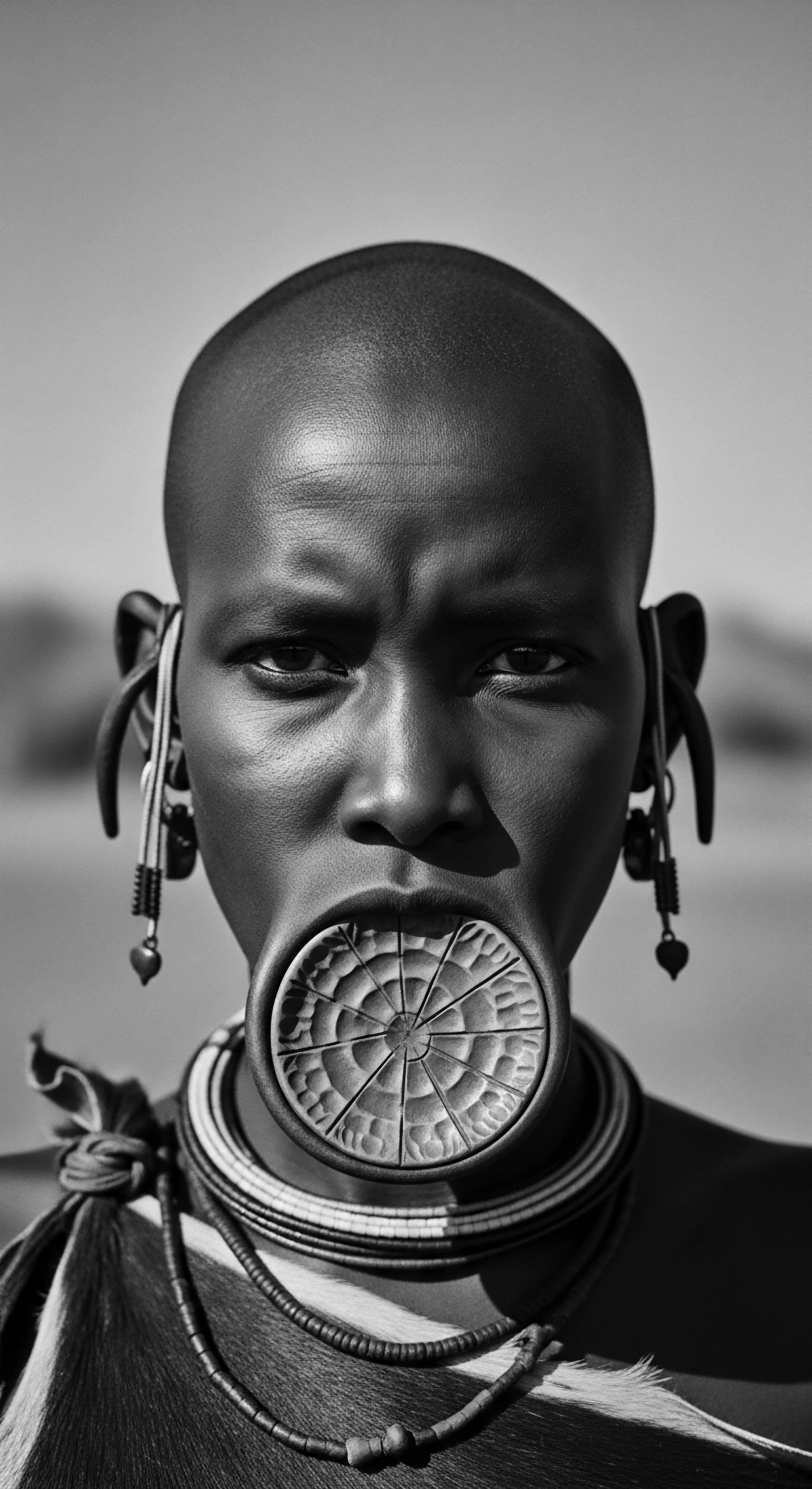
How Do Head Wraps Symbolize Cultural Reclamation Today?
Following periods where Eurocentric beauty standards often eclipsed natural hair, the Black Power Movement of the 1960s and 1970s marked a significant cultural reawakening. During this period, the Afro hairstyle became a potent symbol of defiance and a celebration of Black identity. Alongside the Afro, head wraps re-emerged as a central accessory, signifying a deliberate embrace of African heritage and a rejection of oppressive beauty norms.
This was a conscious act of cultural reclamation, transforming a historical marker of subservience into a bold declaration of pride. The simple cloth, once mandated to suppress, became a powerful visual anthem.
Contemporary movements, such as the ongoing natural hair movement, continue this legacy. Women of African descent are increasingly choosing to wear their hair in its natural state, embracing coils, curls, and kinks. Head wraps offer versatility and protection for these diverse textures, fitting seamlessly into a holistic care regimen while also serving as a statement of allegiance to one’s roots. It is a dialogue between past and present, where ancestral methods of covering hair find new relevance in expressing identity and self-care.

The Science Behind Protection And Care
From a scientific perspective, the protective function of head wraps for textured hair is clear. The inherent coiling nature of Black and mixed-race hair means that the cuticle layer, which is the hair’s outer protective shield, is often more exposed and prone to lifting. This can result in increased moisture loss and greater susceptibility to breakage from environmental factors and friction. Head wraps, particularly those made from smooth, non-absorbent materials like satin or silk, create a barrier.
This barrier performs several critical functions:
- Reduces Friction ❉ Smooth fabrics minimize friction against pillows or clothing, preventing tangles and mechanical damage to delicate strands.
- Retains Moisture ❉ Unlike cotton, which absorbs moisture, silk and satin allow the hair’s natural oils to remain on the strand, preserving hydration.
- Protects from Elements ❉ A wrap shields hair from external aggressors like dust, wind, and dry air, which can strip moisture and cause frizz.
This scientific understanding validates the ancient wisdom that intuitively guided the practice of hair covering. The materials and methods, refined over generations, provided tangible benefits for hair health, extending the life of styles and preserving the vitality of the hair itself. The ancestral practices were, in essence, early forms of applied hair science.
Modern understanding affirms that head wraps offer practical protection for textured hair, reducing friction and preserving hydration.

Head Wraps In Global Expression
Today, head wraps transcend their original contexts to appear on international runways, in celebrity fashion, and within diverse communities worldwide. While this broader visibility offers new avenues for appreciation, it also necessitates a respectful understanding of their origins. The vibrant gele of Nigeria, the dignified doek of South Africa, and the defiant tignon of Louisiana are not merely fashion accessories; they are symbols imbued with profound historical and cultural weight. This global presence creates a unique responsibility to acknowledge and honor the heritage from which these traditions spring.
| Traditional Significance Symbol of modesty, social status, and spirituality in African societies. |
| Contemporary Use Fashion statement, celebration of African heritage, self-expression. |
| Traditional Significance Protection from environmental elements and for hygiene during arduous labor. |
| Contemporary Use Protective styling, reducing friction on hair, moisture retention, especially for nighttime care. |
| Traditional Significance Act of resistance against oppressive laws (e.g. Tignon Laws). |
| Contemporary Use Symbol of cultural pride, anti-assimilation, and affirmation of Black identity. |
| Traditional Significance Means of non-verbal communication within a community (e.g. marital status). |
| Contemporary Use A conscious connection to ancestral practices, personal style, and a sense of belonging within the diaspora. |
| Traditional Significance The enduring presence of head wraps speaks to their adaptable function and persistent cultural weight across time. |
The ongoing dialogue surrounding head wraps and textured hair underscores a continuum of identity, where the past informs the present, and the present reverently carries forward the wisdom of those who came before. It is a living archive, constantly adding new entries, yet always anchored to its foundational heritage.
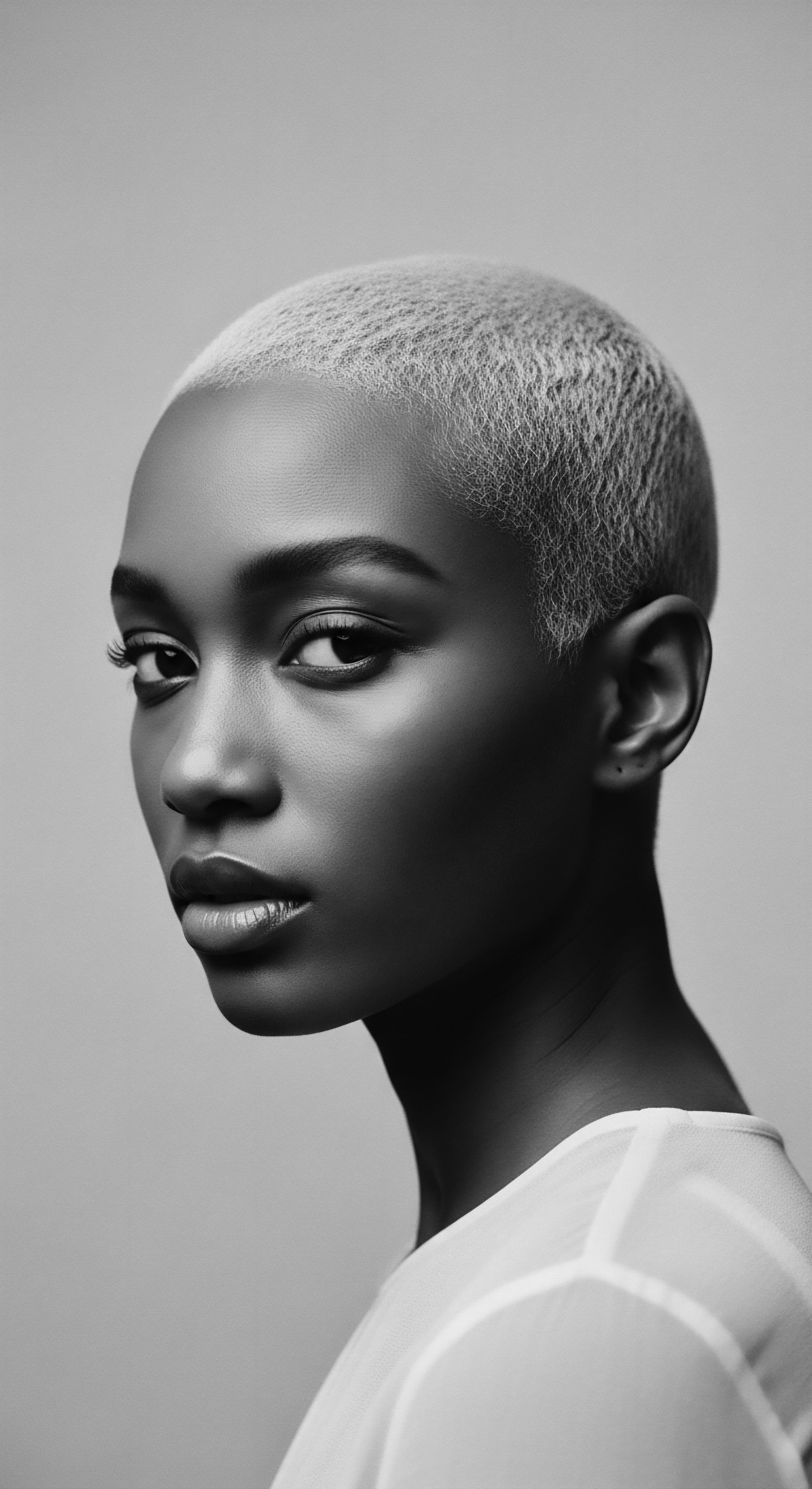
Reflection
The journey of the head wrap, from ancient African reverence to a beacon of resilience in the diaspora and a declaration of selfhood in modern times, offers a profound meditation on the enduring spirit of textured hair heritage. It is a story not simply of cloth and coiffure, but of ancestral wisdom passed through generations, defying erasure and consistently reshaping its form to meet the needs of those who wear it. Each fold, each vibrant pattern, each understated hue carries the whispers of foremothers who understood that true beauty resides not in conformity, but in the unapologetic expression of one’s authentic self, deeply rooted in history.
For Roothea, the essence of ‘Soul of a Strand’ is found within this very narrative. It recognizes that textured hair is not merely a biological phenomenon; it is a living archive of human experience. Head wraps, as extensions of this archive, teach us that care extends beyond the physical, touching upon the spiritual and the communal. They remind us that the act of tending to one’s hair is an act of self-love, a reconnection to traditions that nurtured well-being in its most holistic sense.
To don a head wrap is to wear a piece of history, a badge of survival, and a crown of cultural identity—a silent, yet powerful, affirmation of where we come from and who we are becoming. This ongoing legacy affirms that the power residing within each strand of textured hair is, indeed, boundless.
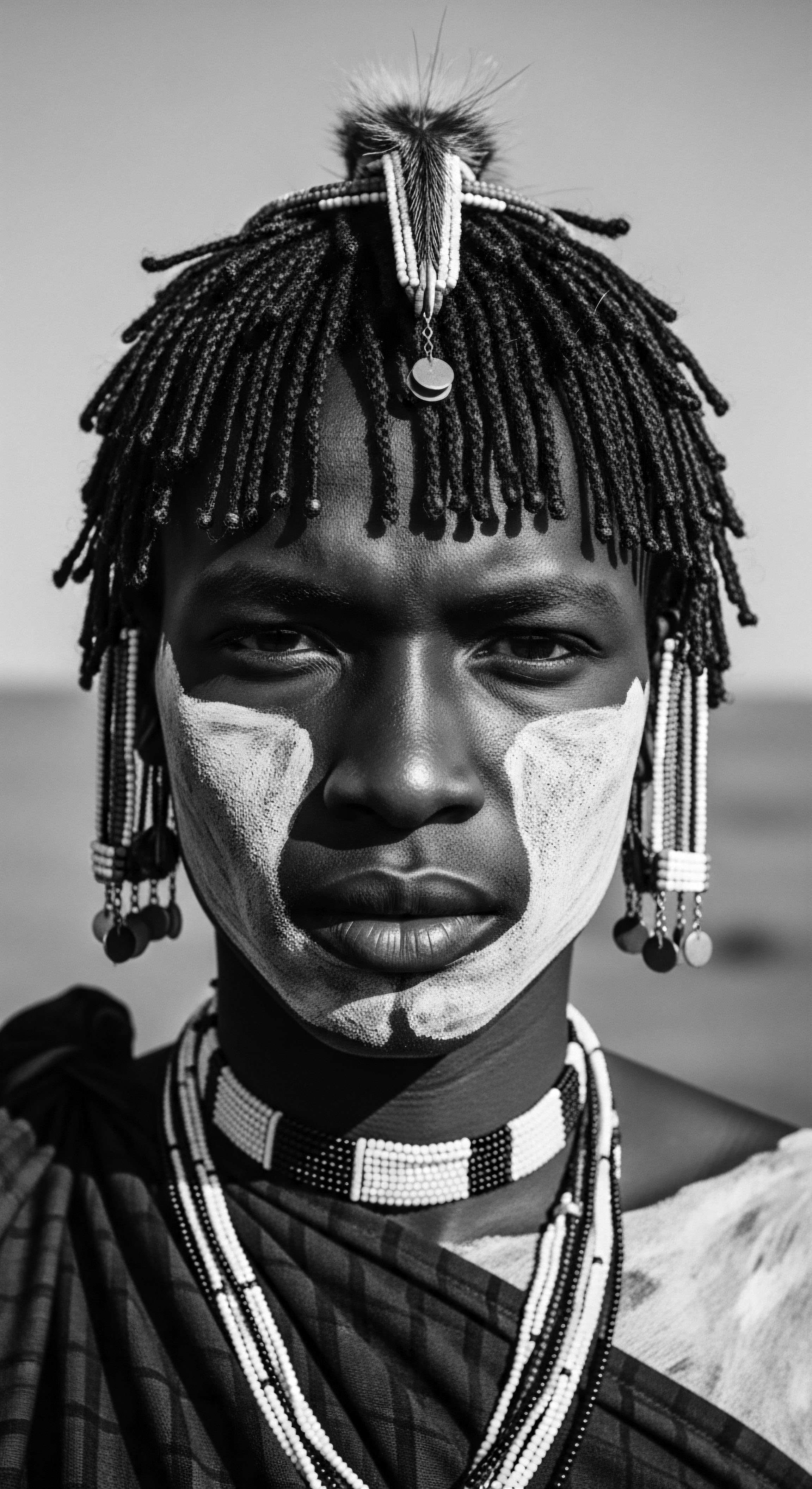
References
- Byrd, Ayana, and Lori Tharps. Hair Story ❉ Untangling the Roots of Black Hair in America. St. Martin’s Press, 2001.
- Griebel, Helen Bradley. “The African American Woman’s Headwrap ❉ Unwinding the Symbols.” Art, Design, and Visual Thinking, 2011.
- Nasheed, Jameelah. “When Black Women Were Required By Law to Cover Their Hair.” VICE, 2018.
- Rodriguez, Sylvia. Black Hair Can ❉ The Roots of Our Roots. Godwin Books, 2023.
- Stancil, Cassandra. Slave Narratives ❉ A Folk History of Slavery in the United States From Interviews with Former Slaves, Typewritten Records Prepared by the Federal Writers’ Project, 1936-1938. 1941.
